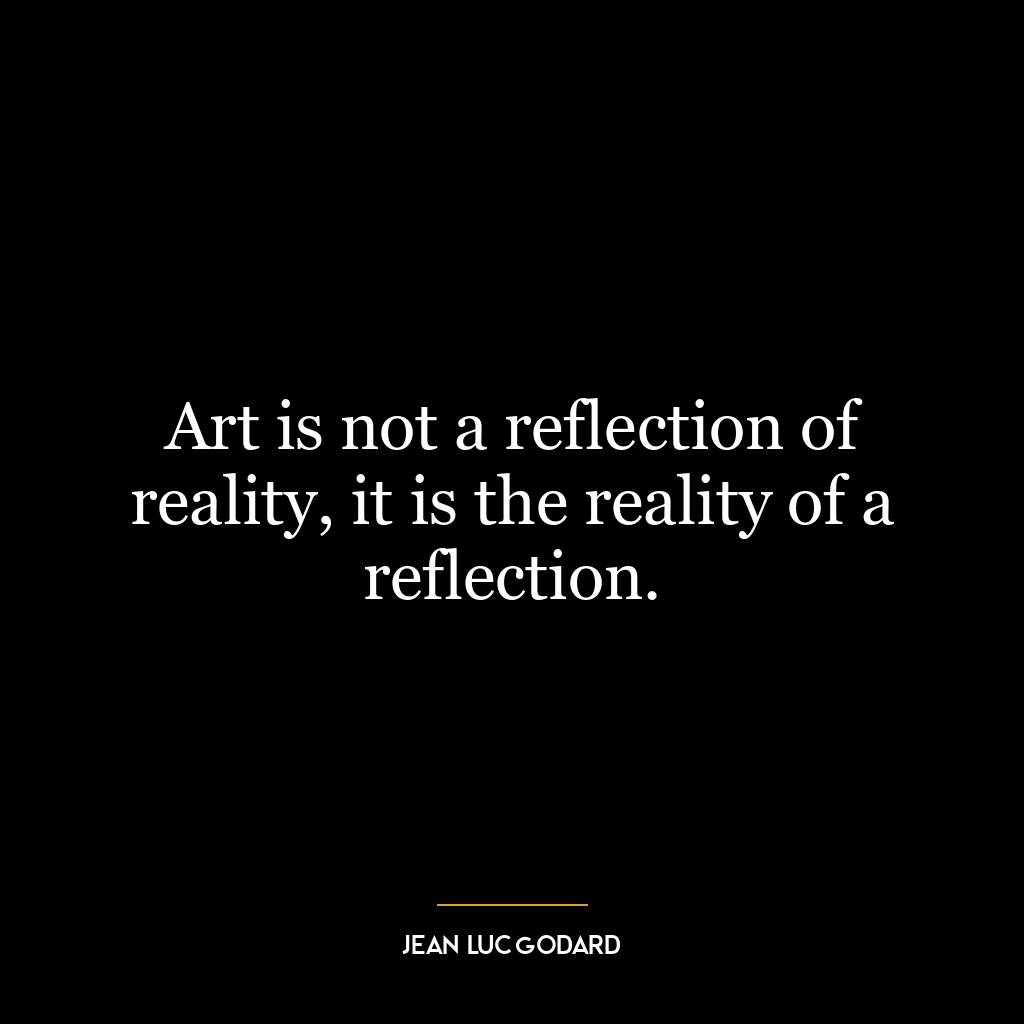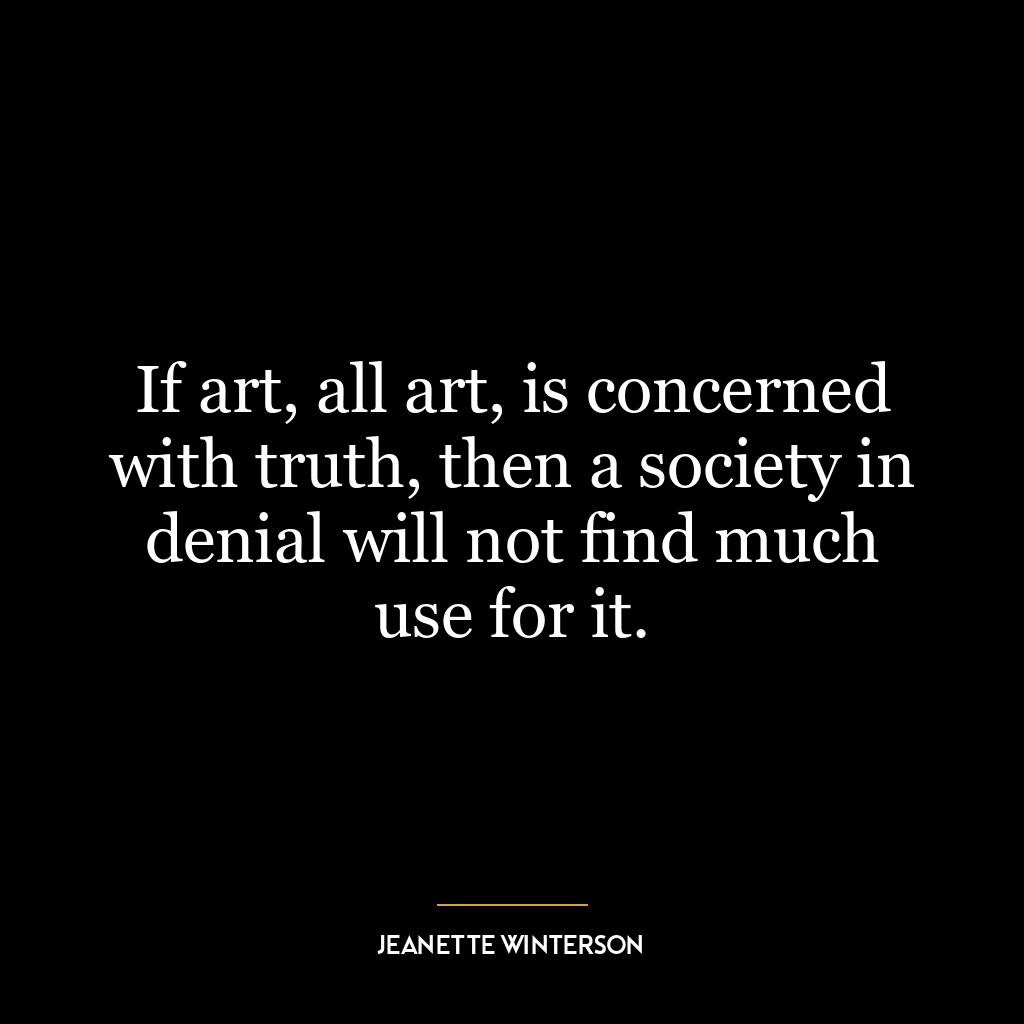This quote suggests that mystical explanations, which are often considered profound or insightful, are in reality lacking in substance or depth. It implies that such explanations are not only failing to reach a deep understanding or truth, but they are so superficial that they don’t even touch the surface (shallow) of understanding.
Mystical explanations often rely on the supernatural or the inexplicable. They provide a sense of wonder and awe, but they don’t necessarily offer concrete, tangible understanding. They might seem deep because they are mysterious or beyond ordinary comprehension, but Nietzsche argues that this is a false depth. True depth, in his view, would involve rigorous questioning, logical reasoning, and empirical evidence.
In today’s context, this idea could be applied in various ways. In the realm of personal development, it might suggest the importance of seeking tangible, evidence-based solutions rather than getting lost in vague or mystical ideas. For example, someone seeking to improve their mental health might find more benefit in cognitive-behavioral therapy, which has a strong evidence base, rather than in horoscopes, which offer mystical but non-specific guidance.
In a broader societal context, Nietzsche’s quote could be a critique of ideologies or belief systems that rely heavily on mystical or supernatural explanations. It suggests the importance of critical thinking, scientific inquiry, and skepticism in the face of claims that cannot be substantiated. This is particularly relevant in an era where misinformation can spread rapidly through social media and other digital platforms.
Ultimately, the quote is a call for depth of understanding that is based on evidence and reason, rather than on mysticism or obscurity. It encourages us to question, to seek evidence, and to strive for a depth of understanding that is grounded in reality.









